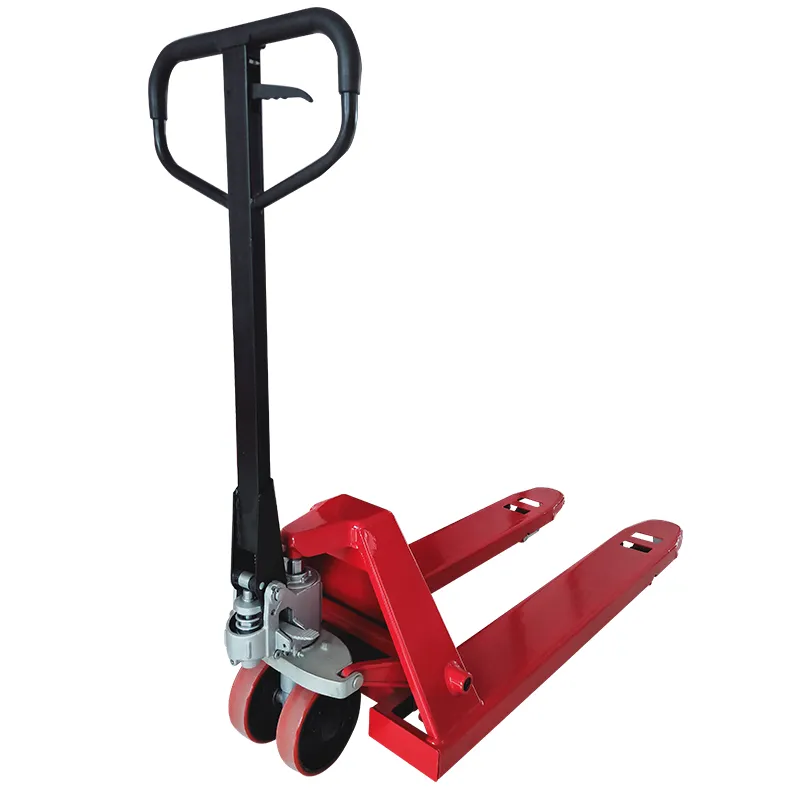


Understanding Vertical Fall Arresters Safety in High Places
In today's fast-paced world, safety remains a paramount concern, especially in industries where workers often find themselves at heights. A vertical fall arrester is a crucial piece of equipment designed to protect individuals from falls while working at elevations. This article delves into the importance of vertical fall arresters, their functionality, and their applications in various fields.
What is a Vertical Fall Arrester?
A vertical fall arrester is a safety device used primarily in personal fall arrest systems (PFAS). Its main function is to stop a fall as soon as it begins, minimizing the risk of injury to workers. It generally consists of a line that is anchored to a fixed point at a height, with a device that allows the worker to move freely along the line. If a fall occurs, the device locks in place, arresting the fall and preventing the worker from plummeting to the ground.
How Does It Work?
The mechanism of a vertical fall arrester is designed to ensure swift and effective response to a fall. Typically, the core of the device employs a friction or inertia-based locking system. When a user experiences a sudden downward motion—a sign of a fall—the system detects this change and engages the locking mechanism almost instantaneously. This quick response time is critical, as it can be the difference between a minor incident and a life-threatening fall.
Furthermore, vertical fall arresters are often equipped with additional features that enhance safety
. These may include shock absorbers that dampen the impact forces experienced by the user, or systems that allow for controlled descent in case an individual becomes incapacitated.Applications of Vertical Fall Arresters

Vertical fall arresters find extensive applications across various industries. Construction sites, for example, are one of the primary environments where these devices are indispensable. Workers frequently operate at high elevations to carry out tasks such as roofing, scaffolding, or installing fixtures. In these scenarios, a vertical fall arrester not only protects the individual but also contributes to a culture of safety that prioritizes worker welfare.
In addition to construction, vertical fall arresters are used in the telecommunications industry, where technicians climb towers to install and maintain communication equipment. Again, the risks associated with these heights necessitate reliance on fall arrest systems to prevent accidents.
The film industry and theater productions are other areas where vertical fall arresters are utilized. Stunt performers often work at significant heights, and these devices ensure their safety while executing high-risk maneuvers.
Importance of Proper Usage
While vertical fall arresters are essential safety devices, their effectiveness relies heavily on proper usage. It is crucial for workers to be correctly trained in how to use these systems and to understand the importance of regularly checking equipment for wear and tear. Routine maintenance is equally important to ensure that all components function correctly and that the integrity of the system remains intact.
Moreover, appropriate attachment points and anchorage systems must be employed to maximize safety. Workers should also assess environmental factors—the wind, the stability of the structure on which they are working, and other conditions that may influence their safety.
Conclusion
In summary, vertical fall arresters are pivotal in safeguarding workers operating at heights across various industries. Their mechanism of immediate locking upon detecting a fall can save lives and prevent serious injuries. However, the effectiveness of these devices is contingent upon proper training, maintenance, and safe practices. As industries continue to evolve and the demand for elevated work increases, the importance of vertical fall arresters will undoubtedly grow, reinforcing the necessity for safety in high-risk environments. Through vigilance and adherence to safety protocols, we can ensure that workers thrive in their roles without compromising their well-being.



